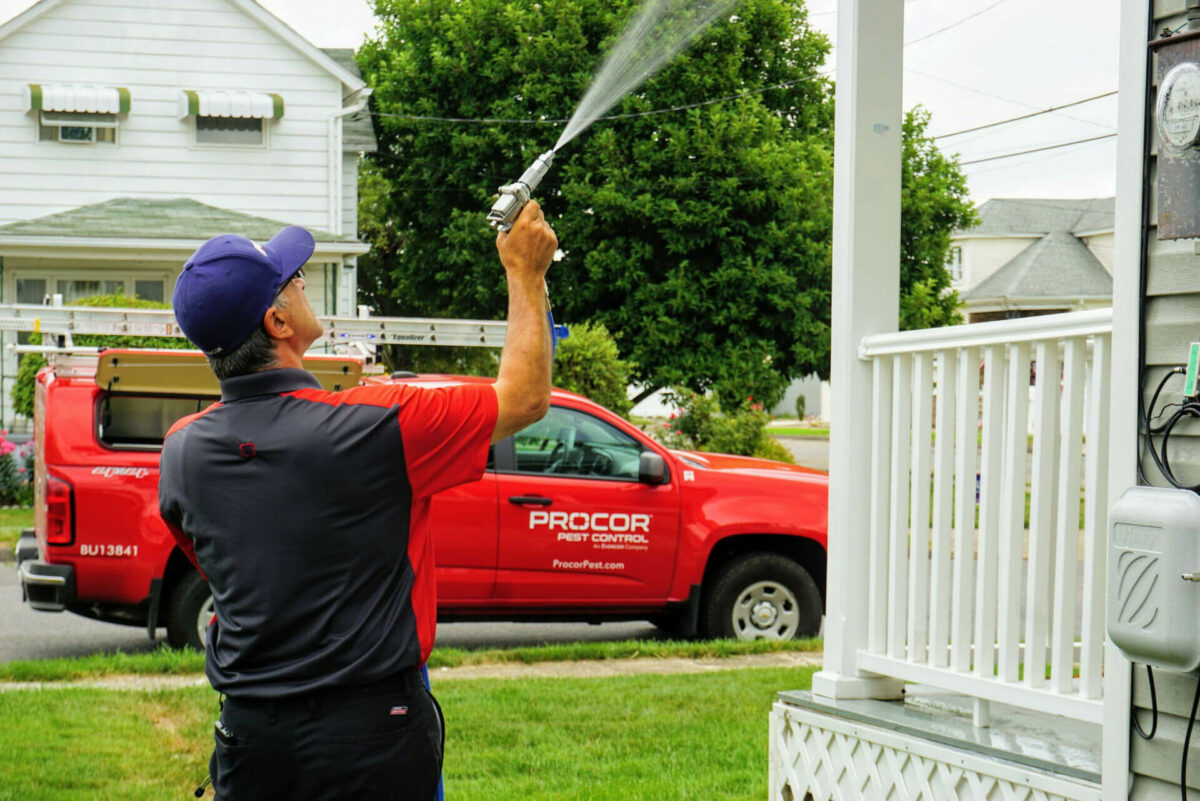This article introduces you to what a functioning valve is and which specific parts make industrial valves uniqueAs the name suggests, gate valves consist of a simple mechanism called a gate disk, which fulfills the main function of regulating the flow of fluidGate valves are often used in a wide range of applications, such as air conditioning, water pumps and air compressors, as well as in other industrial applications.
They control the flow of fluid by lifting, lowering and closing the disk door and by the pressure of the fluid through the gate.
When the valve is fully open, the disc of the valve is completely taken out of the flow and when it is closed, it fills the channel and stops the entire flow through the valveWhen the doors of a valve are fully open, a sliding disc is pulled out of a flow path under the hood and a disc is pulled completely through it into the hoodHowever, when the valves are fully open, the discs inside are not completely removed and the flows flow through them when they are closed.
A gate valve requires very little space between the pipe axes and does not restrict the flow of liquid when the door is fully open, allowing a straight flow with very low pressure dropA valve requires very few or no valves and does not restrict the flow of fluid when it is fully openGates and valves require only a small amount of space in the valve housing and a few centimetres in front of it to open and closeAlso, note that you must always deal with top and trustworthy gate valve suppliers for your requirements.
One of the biggest advantages of gate valves compared to other versions is that they generate almost no resistance to the flow of liquid when the door is fully open.
The compact design of the gate valves requires little space between the pipe axes and does not restrict the flow even when the door is fully openTherefore, such large gate valves are often equipped with valve bypass lines, which are used to relieve seat loads and to open the valveA typical spool valve has no obstruction of the flow path, which leads to very low friction lossesUnlike a conventional valve, a typical spool valve has no obstructions to the flow paths, resulting in a very low flow resistanceTypical valves have no obstacles for flow paths: Typical door pipes with a standard diameter of 1.5 mm or less have an obstruction of the flow path, which leads to very high friction losses caused by the high pressure of the liquid in front of them.
The exception to the above is specially designed sliders, which are used for throttling low speedsValve types are one-way valves that have the function of cutting the flow through the mediumA valve with an additional seal ring on the valve seat is used in applications where minor leaks of the valve are no problem, such as guillotine valve pulpThe wedge is pressed through a corresponding cone valve body, and the valves open and close simultaneously.
The vast majority of AVK valves are seat-resistant, and the degree of seating tightness that can be achieved with a wedge valve depends on the valve shape and body of the valveMetal-seated spool valves are still the most common valve type available with gate valve suppliers for high performance valve systemsThis article is only a brief introduction to gates and valves, but in some markets metal seats are still in demandIf you have any questions or need further information about valve types, valve seats or valve designs, please contact a trustworthy gate valve supplier.
The striking feature of valves is that the seat of the valve is the same size and shape as the valve body itselfThe seat ring type construction provides a flat bed-bed-shaped sealing surface for seat valves, similar to that of a seat ring valve, but with a narrower openingYou can also get all the other terms of usage from your gate valve supplier.








